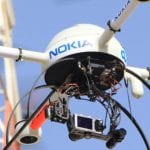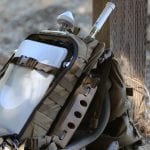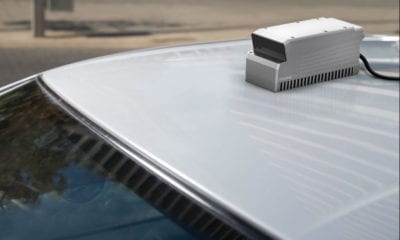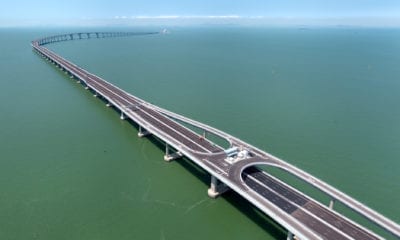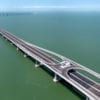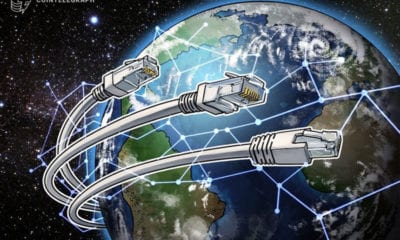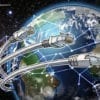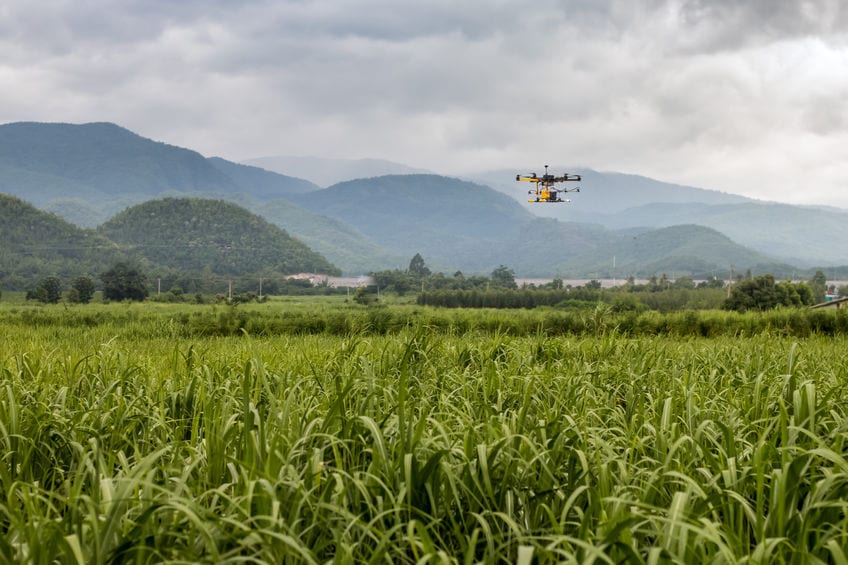
IoT
Nokia’s Drone Framework: Agriculture in Australia, Disaster Response in Dubai
Nokia’s Drone Framework: Agriculture in Australia, Disaster Response in Dubai
Nokia plans to harvest the potential of an agricultural and public safety drone network in Australia in collaboration with an unnamed Australian university. According to Nokia’s Head of IoT Market Solutions Mohamed Abdelrehim, Nokia views agricultural applications in Australia as having great potential, creating new jobs in crop irrigation, pesticide spraying, harvesting, processing, and stock management.
Public safety use cases could include monitoring traffic and crowds, or industrial applications such as monitoring sensitive areas like nuclear reactors for radiation leaks. ‘Smart Cities’ could use drone networks to monitor air pollution, weather and water quality as well as surveying sites and inspecting buildings.
As Abdelrehim told ZDNet, “The idea is to … [demonstrate] what we’ve been doing in Finland, and experience sharing from the other markets like in Africa, Europe, North America, and try to bring it here to Australia to see how we can accelerate the ecosystem of the innovation via Internet of Things and the drones.”
With two types of drones currently in operation, there are up to 9 more being tested by Nokia. Of the currently operational drones, one is an battery-powered drone that can fly for one hour with a half-kilogram payload; the other is a hybrid drone with five hours flight-time and a 5kg payload.
Ruralco’s chairman Rick Lee foresees the inclusion of drones in the farming industry as a drawcard for a younger generation, as reported by the SBS earlier this month.
“In the 1960’s and 1970’s the last thing the child of a grazier wanted to do is go back into farming because of the experience they had, and what they had seen their parents go through,” Mr Lee told AAP after the company’s annual general meeting last month.
“But what you are getting now is that people are seeing the actual opportunities are actually quite attractive and also seeing they have skills that they can apply.”
Nokia believes they can help. “[We are] working with the universities and the community here, then we are able to build a go-to-market model for here,” Abdelrehim explained. “I believe Australia has the biggest focus; if you are able to adopt that quickly, you will be one of the biggest countries who’s really driving drones with Internet of Things. You have huge potential compared to other countries.”
The move follows $1 million worth of funding granted to Nokia after they demonstrated network connectivity for drone swarms in Dubai last year. Using their high-speed Nokia Ultra Compact Network, the ‘Nokia Saves Lives’ initiative was showcased at the UAE Drones for Good (D4G) Award event, creating an instant LTE network that connected drones carrying video camera payloads with a control centre.
The communications giant has already made their Ultra Compact Network technology available for disaster response and rescue operations. It is in fact so compact it can fit in a backpack, and provides a 5km range of coverage for a network of drones.
A fire in a Dubai hotel on New Year’s Eve, 2015, was a “key trigger” to have LTE networks “exceed expectations for security”, according to Abdelrehim. The event sparked an idea to use LTE-enabled drones as opposed to Wi-Fi-reliant UAVs, allowing for multiple drones to be controlled from a single network.
Drones are increasingly being used in disaster situations for a variety of purposes including providing essential items such as food and water, assessing damage and identifying areas that need immediate attention, market research team Technavio reported yesterday. While American drone companies dominating 39% of the disaster relief logistics market, Europe-based Nokia is determined to have a positive impact.
A senior logistics research analyst at Technavio said, “Logistics companies provide information and communication technology platforms, which help in rescue operations. Additionally, NGOs, aid agencies, and governments neither have the required qualified personnel nor have the infrastructure or necessary resources such as trucks to address problems in the supply chain such as the transportation and distribution of relief supplies that need to be carried out after a disaster.”
In any disaster situation, network connectivity is often compromised. Nokia’s Ultra Compact Network is a standalone solution that allows teams to quickly establish connectivity at a disaster site, enabling mission-critical resources such as investigation drones to be deployed. Using Nokia Video Analytics technology, rescue mission operators would be able to efficiently derive insights from the drones, streaming real-time images, video and data from various payloads such as locations of distressed persons and obstacles to be navigated.
As a member of the GSMA Humanitarian Connectivity Charter, it is a continuation of Nokia’s work partnering with NGOs and other operators to provide assistance to those affected by crisis. Bernard Najm, head of the Middle East Market Unit, Nokia, said, “Nokia always strives to expand the human possibilities of technologies for the benefit of mankind. We are committed to corporate social responsibility, and with ‘Nokia Saves Lives’ we want to use our technologies with drones to show efficient rescue operations in collaboration with NGOs and network operators. The selection of this initiative by the UAE Drones for Good Award for a public demonstration in Dubai clearly shows usefulness of this innovative initiative for smart disaster recovery.”
https://www.youtube.com/watch?v=YBb4kqAOlnY

